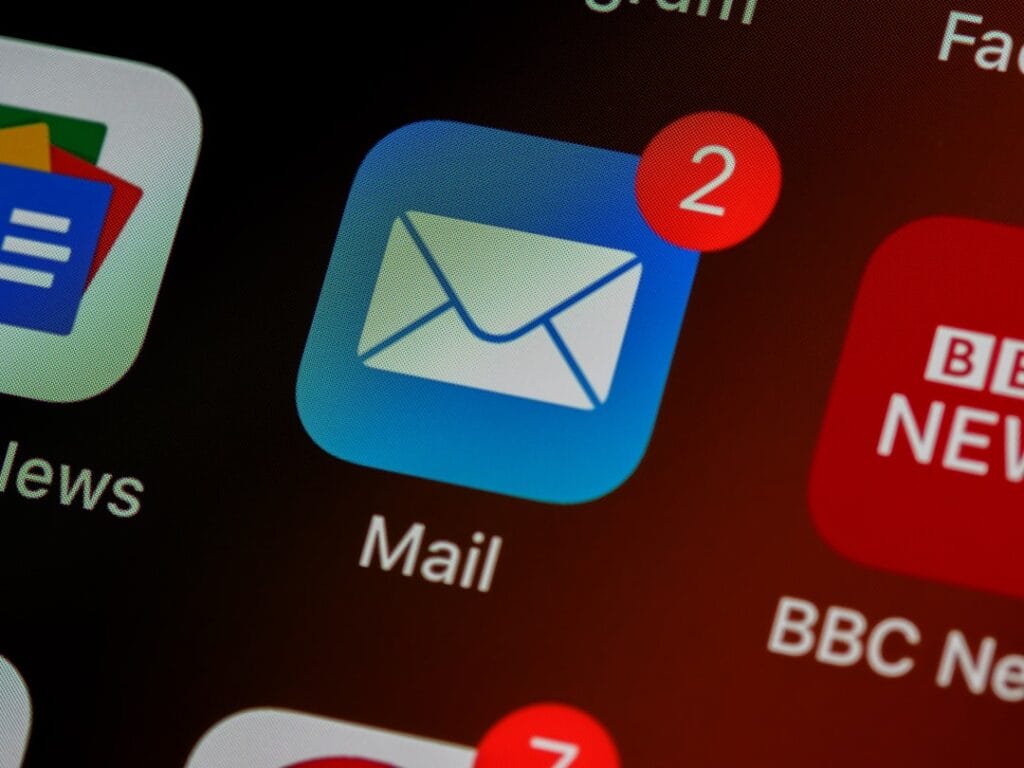Le chatbot est un élément important dans les stratégies webmarketing des entreprises. Il intervient particulièrement au niveau des services clients. En plus de déclencher le processus d’achat, le chatbot permet de compléter les dispositifs habituels au sein des services commerciaux des entreprises en B2B et en B2C. Ce système paraît complexe, mais cet article vous permet d’y voir plus clair.
Chatbot : qu’est-ce que c’est ?
Un chatbot est un programme informatique qui simule une conversation textuelle et vocale. C’est un robot conversationnel qui interprète un message et formule une réponse en conséquence. Dans le cadre d’un message vocal, il est appelé Voicebot.
Le chatbot est le point de contact entre une entreprise et son client. Il vise à répondre aux problématiques de ce dernier. Il est déployé sur diverses plateformes : Facebook Messenger, site web, application mobile, Skype, Trello, SMS, etc. Les voicebots sont plus utilisés dans la gamme Amazon Echo, Google Home, HomePod.
Le chatbot intervient sur deux axes majeurs : les transactions et les connaissances. Lorsque la plateforme de conversation est transactionnelle, elle concerne toutes les tâches de réservations et d’achats. Dans ce cas, sa capacité de compréhension et d’interaction doit être élevée. La conversation est basée sur des schémas préétablis. Il est nécessaire de tester un maximum de scénarii.
Pour une plateforme axée sur les connaissances, l’outillage est différent, plus complexe. Elle répond généralement au besoin des services clients et doit être capable de répondre à un volume considérable de questions. Les chatbots sont alors dotés d’une intelligence artificielle afin de réaliser des opérations selon le contexte et l’interlocuteur.
Comment s’est développé le chatbot ?
Les chatbots ont connu une ascension constante depuis leurs créations. La première forme de ce programme a été conçue par un professeur au MIT dans les années 1966. Mais sa forme actuelle est sortie en 1995 avec le programme Artificial Linguistic Internet Computer Entity. Ce programme est, en effet, capable de simuler une conversation utile avec un interlocuteur humain.
IBM a conçu en 2005, un programme d’intelligence artificielle nommé Watson capable de répondre à des questions sur une base de langage naturel. En 2010 les grandes enseignes comme Apple, Google, Microsoft et Amazon lancent leurs propres interfaces utilisateurs. Mais c’est Facebook qui révolutionne le chatbot avec Messenger en 2016. En effet, Messenger permet de développer des robots qui interagissent avec ses utilisateurs. Ceci va participer à la démocratisation du concept.
Comment fonctionne un chatbot ?
Le chatbot fonctionne en identifiant des mots-clés ou « vecteurs » insérés dans les questions des internautes. Pour décrypter une phrase, il se base sur les notions d’intentions et d’entités.
L’intention sert à souligner l’objectif du client. Elle est identifiée grâce à des mots ou des couples de mots utilisés dans une phrase. Par exemple pour la phrase « Je souhaiterais faire une réservation d’une table de 2 personnes pour demain soir à 20 h », l’intention est reconnue avec « faire une réservation ». D’autres mots auraient été catégorisés dans le même thème : réserver une table, prendre RDV, booker une table, etc.
L’entité est l’élément variable utilisé pour apporter plus de précision à la demande initiale. Il peut comporter une ou plusieurs informations. Dans cette même phrase « Je souhaiterais faire une réservation d’une table de 2 personnes pour demain soir », trois entités sont reconnues : la date (demain soir), l’heure (20 h), et le nombre de personnes(02). Là également, d’autres mots auraient pu être utilisés.
Les chatbots usent des arbres de décisions dans leurs fonctionnements sur la base de scenarios et de dialogues prédéfinis. Les chatbot plus puissants s’appuient sur l’intelligence artificielle, et la reconnaissance du langage naturel.
Comment intégrer un chatbot au sein de son système ?
Pour mettre en place un chatbot, l’étape essentielle est de définir les objectifs et le centre d’intérêt de vos clients. Pour cela, il est nécessaire de déterminer les points de friction dans le parcours client, les requêtes récurrentes au service client, et une anticipation de leurs problématiques.
Le chatbot doit faire partie de l’écosystème de l’entreprise. Il reçoit et partage des informations avec les autres canaux de communications.
Pourquoi utiliser un chatbot en relation client ?
Le succès des chatbots ne s’explique pas seulement par l’évolution de la technologie. Mais au fait qu’il soit aussi utile aux consommateurs qu’aux entreprises dans leurs services clients. Les internautes sont satisfaits de la rapidité des réponses. Les entreprises maintiennent à la fois la satisfaction de leur client, mais aussi un ROI gagnant.
En effet pour les entreprises, ils permettent d’automatiser une partie de la relation clientèle. Face à la croissance de la concurrence, et l’évolution du comportement des consommateurs, les entreprises doivent améliorer la qualité de leurs réactivités. Maintenir un service client traditionnel implique un investissement supplémentaire au risque d’un engorgement. La solution réside donc à l’automatisation des réponses.
Ceux qui ont une forte incidence pour le client peuvent constituer une requête récurrente pour l’entreprise. C’est le cas d’une réinitialisation de mot de passe ou d’un suivi de colis par exemple. L’automatisation de ce type de requête permet donc de soulager le client et de focaliser l’attention du service client vers des demandes plus complexes. Le chatbot permet ainsi de réduire le taux de contact. En réduisant ce taux, les entreprises restreignent les dépenses liées au service client.
Les statistiques montrent que 60 % des internautes font leurs achats le soir et le week-end tandis que les entreprises françaises disponibles 24/7 ne représentent que 50 %. Ce décalage démontre que la mise en place d’un service client disponible en continu et automatisé est nécessaire pour ne pas perdre des opportunités.
Le chatbot donne la possibilité de personnaliser les interactions entre l’entreprise et son client. Au cours des premiers échanges, le chatbot récolte des données sur les clients qui enrichissent leurs profils.
Le chatbot fait désormais partie du paysage digital avec en 2025, 80 % des entreprises qui l’utilisent. C’est un enjeu stratégique de taille.




